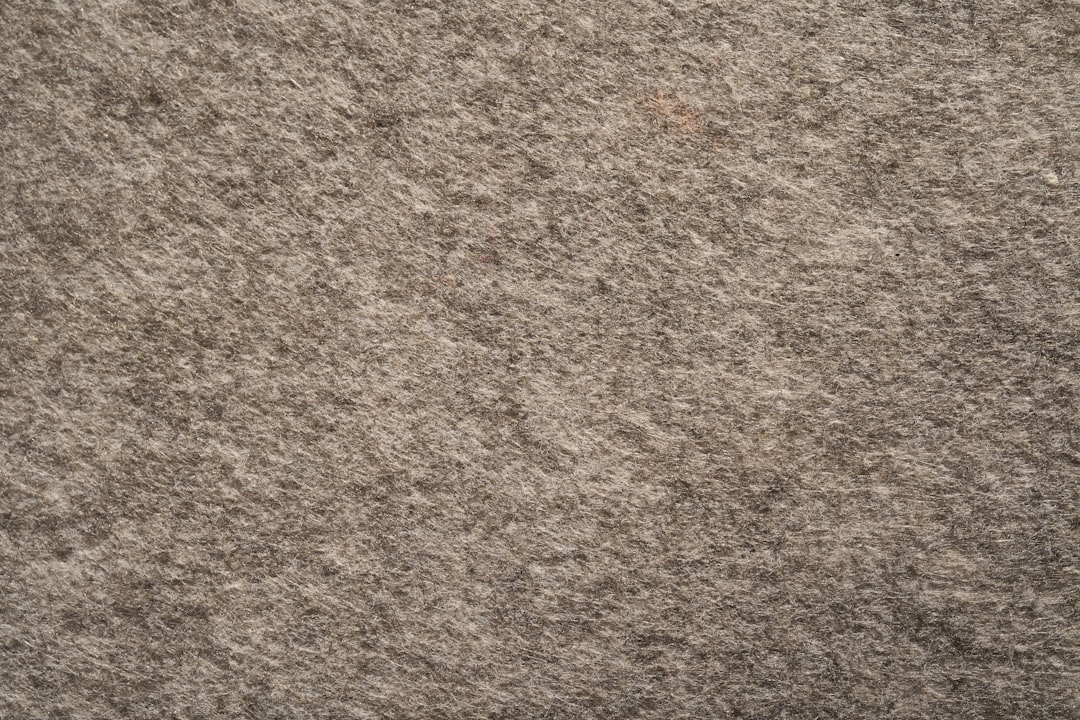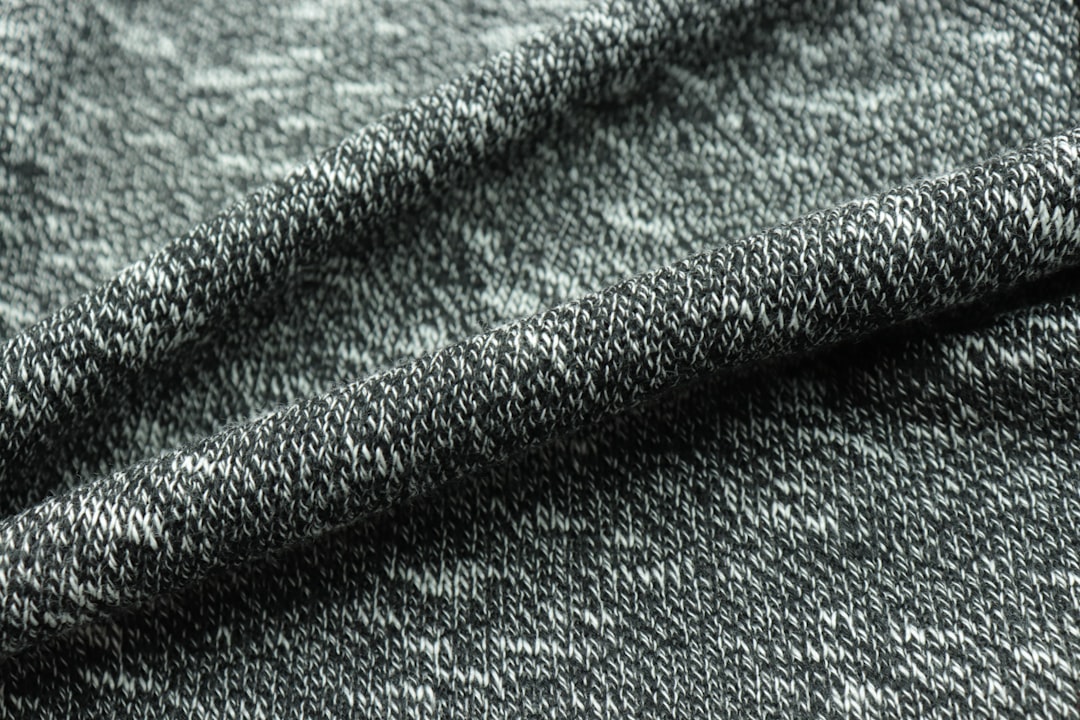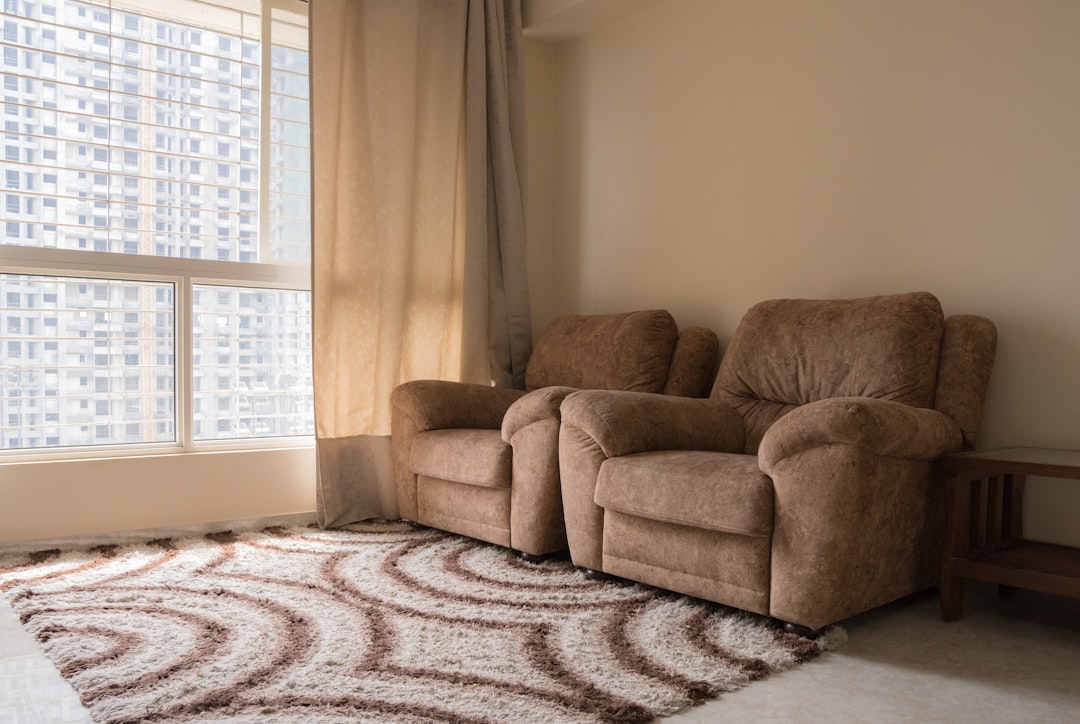

Engage prospects with a scan and streamline customer engagement with FREE QR code marketing tools by Sona – no strings attached!
Create a Free QR CodeFree consultation

No commitment

Engage prospects with a scan and streamline customer engagement with FREE QR code marketing tools by Sona – no strings attached!
Create a Free QR CodeFree consultation

No commitment
Today’s digitally driven world has transformed QR codes from a novelty into a strategic tool that bridges offline engagement with online action. For carpet and rug cleaning services, QR codes provide an accessible and highly effective way to generate new inquiries, increase repeat bookings, and streamline feedback without the friction of traditional forms or phone calls.
As customer behaviors change and competition rises, missed high-value prospects such as those who notice your van or receive a flyer but never visit your website can become costly. QR code marketing meets people where they are, turning business cards, vehicle decals, invoices, and door hangers into instant digital entry points that capture interest while it is hot.
This guide details how QR codes solve common challenges for carpet and rug cleaning providers: capturing anonymous leads, improving conversion rates, simplifying scheduling, and generating data that fuels remarketing. With a thoughtful plan and the right platform, your offline-to-online funnel becomes measurable, automated, and tuned for growth.

Carpet and rug cleaning providers often rely on analog touchpoints that slow down conversions and make performance hard to track. Printed brochures that do not link anywhere, paper estimate forms that get lost, and business cards that never make it into a phone’s contacts are all examples of processes that quietly erode demand capture.
QR codes eliminate friction and add measurement at every touchpoint. A simple scan can open to a pre-filled quote form, a mobile-friendly booking calendar, or a verified review link, all while logging where and when the interest occurred. This creates a faster path to conversion and a cleaner data trail for follow-up.
If you are replacing outdated workflows like paper sign-up sheets or standalone brochures, QR codes transform those dead ends into conversion opportunities. Platforms such as Sona QR streamline code creation, dynamic routing, analytics, and CRM integrations so you can run this as a repeatable growth process.

Many cleaning companies invest in print collateral, van signage, and neighborhood mailers but struggle to connect those impressions to measurable outcomes. Calls may spike briefly, but without tracking who engaged or where they saw you, it is difficult to attribute results or refine spend.
QR codes close the loop by making every physical asset an onramp to a measurable, digital experience. The moment someone scans your code is when intent is highest: whether they are pricing a sofa clean, seeking pet-odor removal, or comparing rug washing options. Capturing that moment is the difference between a warm lead and a lost opportunity.
Applied to common materials like appointment cards, service menus, or neighborhood mailers, QR codes help your team measure what used to be invisible and continually improve campaign ROI. For broader context, see QR codes in marketing.

A single QR strategy rarely fits all use cases. The right format and destination depend on the moment, the medium, and the intent you want to capture. Cleaning services benefit most from formats that reduce steps and support booking, quoting, referrals, and service information.
If you want to update destinations without reprinting, use dynamic QR codes. For example, a single code on an invoice can route to different seasonal promotions over the year or to a loyalty program after a repeat purchase. Sona QR supports these formats and centralizes management so you can adjust campaigns on the fly.

Growth in carpet and rug cleaning depends on converting everyday interactions into measurable demand. The best opportunities occur where intent is already present, such as when a homeowner spots your van, a renter reads a door hanger, or a client receives the final invoice after a great experience.
Placing QR codes thoughtfully at these moments helps prospects act immediately. It also gives you reliable signals about which physical investments create real pipeline so you can optimize spend and messaging.
Each placement should include a benefit-driven CTA, a clear visual frame, and sufficient size for scanning from the expected distance. The easier it is to understand and act, the higher your scan rate and conversion will be.

Selecting the right use cases ensures your QR program aligns with key business goals such as quote requests, booking velocity, and review volume. Start with the interactions that already happen in your day-to-day operations and transform them into measurable digital flows.
Outcome: Faster path to a confirmed appointment, higher conversion from offline impressions, and fewer abandoned inquiries.
Outcome: More verified reviews, better reputation management, and structured feedback that identifies upsell opportunities such as protector or pet treatment plans.
Outcome: Increased coupon redemption, lift in first-time bookings, and clear attribution for direct mail and local sponsorships.
These three use cases can be launched quickly and will generate the data you need to refine messaging, incentives, and channel mix. As you scale, layer in referral loops, care guides, membership plans, and on-site Wi‑Fi to deepen engagement.
Every QR scan carries useful intent signals such as which offer appealed, where the scan happened, and whether the visitor browsed pricing or started a form. By deploying multiple codes across placements and mapping each code to a specific audience label, you build segments automatically for targeted follow-up.
Think beyond a single list of scanners. For a carpet and rug cleaning business, audience distinctions can include homeowners vs renters, property managers vs realtors, pet owners vs allergy-sensitive households, and one-time clients vs members. Each group warrants different offers, education, and timing.
With Sona QR, each QR code can carry metadata for stage, campaign, and placement. That metadata flows into your CRM and ad channels, enabling precise retargeting based on real behavior instead of guesswork.
QR codes act as connective tissue across your offline and digital campaigns. They shorten the path from interest to action while enriching your dataset with context such as source, timing, and content consumed. The result is a more cohesive funnel that moves people from awareness to booking with fewer drop-offs.
Carpet and rug cleaning teams already invest in local channels that lend themselves to QR journeys: neighborhood mailers, van wraps, event tables, in-store displays at rug drop-off points, and social content showcasing before-and-after results. Layering QR codes onto these surfaces gives them a measurable digital counterpart.
Managed centrally with Sona QR, these efforts feed a unified dashboard that monitors scan volume, conversion behavior, and revenue by channel. Integrations push scan data into your CRM and marketing tools, enabling timely automation and better forecasting.
Executing a high-performing QR campaign is straightforward when you follow a consistent plan. The steps below convert everyday surfaces into measurable growth channels while ensuring data quality and rapid optimization.
Clarity on the outcome comes first. Are you trying to drive more online bookings, accelerate quote requests, boost review volume, or re-engage prior customers with a seasonal offer? Pick one outcome per code so the journey is simple and the metrics are clean.
In carpet and rug cleaning, common high-value goals include same-week booking from door hangers, event lead capture from home shows, and review generation post-service. Write the CTA to match the outcome and the physical context: “Scan to Book Your Slot” on a van decal, “Scan for a $25 Rug Clean Coupon” on a postcard, or “Scan to Rate Your Technician” on a receipt.
The QR code type should match your need for flexibility and measurement. Static codes point to a fixed destination and are fine for unchanging resources like a stain guide PDF. Dynamic codes allow you to update the destination later and capture analytics.
For campaigns you plan to optimize or for any destination that may change, use dynamic codes. They allow you to A/B test landing pages, rotate offers seasonally, and route scanners differently by region or device.
Design affects scan rates. The code should be large enough for the expected distance, set against strong contrast, and surrounded by whitespace. Add a compelling CTA and a visual frame to signal scannability. Use brand colors judiciously so the code remains readable.
Testing matters as much as design. Verify scannability on multiple devices, under common lighting conditions, and from realistic angles. Print a sample at the final size and test in situ on a van, door, or postcard before full production.
Prioritize placements that intersect with high intent. Vans and door hangers drive awareness and same-day action. Invoices and receipts capitalize on post-service goodwill. Event signage and showroom displays capture foot traffic that is already service-minded.
Sequence deployment so you can learn quickly. Start with two or three placements, compare performance, and iterate on design and CTA before scaling to more media types and neighborhoods.
Measurement turns scans into revenue. Monitor scan volume, scan-to-form-start, form-completion rate, and booking conversions by placement. Track drop-off points and test improvements such as shorter forms or stronger CTAs.
Use analytics to reallocate spend and refine creative. If door hangers outperform van decals in a certain ZIP code, increase distribution there. If review codes on receipts underperform, test a follow-up email or SMS with the same link.
Proving impact means connecting the dots from a physical scan to a digital action, a sales conversation, and ultimately a paid job. Many teams measure impressions or vanity metrics but lack visibility into which codes, channels, or neighborhoods actually drive bookings and repeat business.
Modern QR platforms bring full-funnel attribution into reach. Each scan is recorded with context such as time, location, device, and campaign. When integrated with your CRM, that data enriches contact records, triggers timely outreach, and links bookings and invoices back to the originating code. For an attribution primer, read Sona’s blog post First-touch vs last-touch attribution models.
Sona QR captures the real-world engagement data, while Sona.com links those interactions to your pipeline and revenue. Together they create a performance marketing loop that continuously improves your offline and online mix.
Once your core flows are live, small refinements can produce meaningful gains. Focus on clarity, context, and consistency across placements, and use automation to extend each scan into a complete journey.
Equip your team to promote scanning at the right moments. A friendly nudge from a technician after a great service can double review rates. Likewise, a compelling, localized offer on a door hanger can lift conversion compared to a generic discount.
You can generate and track your first codes with Sona QR in minutes, then scale what works across your service area as the data comes in. Start creating QR codes for free.
QR codes are not just shortcuts. They are strategic connectors that turn every physical surface into a digital entry point and every moment of interest into action. For carpet and rug cleaning services, that means capturing more demand from the materials you already print and the interactions you already have.
When executed with intent, QR journeys create a seamless experience from awareness to booking and beyond. They also deliver the analytics needed to optimize spend, improve offers, and attribute revenue accurately. The same van decals, door hangers, invoices, and event signs that used to be hard to measure can now power a connected funnel with clear performance data.
With Sona QR, you can design, deploy, and manage dynamic codes across your footprint, track outcomes in real time, and sync with tools like HubSpot and Salesforce. Sona.com then helps you connect scans to pipeline and closed revenue. Start with one or two high-impact use cases, learn quickly, and iterate. The growth opportunities are already on your streets, at your job sites, and in your customers’ hands. Scannable, trackable, and optimized, they can become a reliable engine for conversions and long-term loyalty.
QR codes have revolutionized carpet and rug cleaning services by transforming traditional marketing into dynamic, measurable conversion drivers. Whether it’s attracting new clients, enhancing customer engagement through instant access to service details, or simplifying appointment scheduling, QR codes replace outdated processes with seamless, mobile-friendly interactions that capture valuable data to boost your bottom line. Imagine knowing exactly which flyers, vehicle wraps, or service tags bring in the most bookings—and being able to optimize your efforts on the fly.
With Sona QR, you get dynamic, trackable QR codes that you can update instantly without reprinting, connect every scan to revenue, and gain real-time insights into customer behavior. No more guesswork or wasted marketing spend—just smarter, more profitable campaigns tailored to your carpet and rug cleaning business. Start for free with Sona QR today and turn every scan into a loyal customer and growing revenue.
QR codes create instant digital entry points on physical assets like vans, flyers, and invoices to capture leads, simplify booking, generate reviews, and track customer engagement for better conversions.
Effective strategies include placing QR codes on service vans, door hangers, invoices, and event signage with clear calls to action, using dynamic codes to update offers, and integrating scan data with CRM for targeted follow-up.
Increase engagement by linking QR codes to mobile-friendly booking calendars, instant quote forms, feedback surveys, and promotional offers, while training staff to encourage scanning during customer interactions.
Tools like Sona QR enable creation of dynamic, trackable QR codes with analytics and CRM integration to automate lead capture, monitor campaign performance, and optimize placements for higher conversion rates.
Improve online presence by embedding QR codes in offline materials that direct customers to mobile-optimized websites, booking pages, review platforms, and social media, creating measurable digital engagement from physical touchpoints.
Dynamic QR codes are best for trackable, updateable campaigns like bookings and promotions, while static codes work well for permanent resources such as care guides or contact information.
Place QR codes on service vans, door hangers, invoices, equipment labels, event booths, and mailers with context-appropriate calls to action to capture interest at moments of high intent.
Use QR platforms that capture scan data including time, location, and device, integrate with CRM systems to link scans to bookings and revenue, and monitor metrics like scan-to-booking conversion and form completion rates.
Define your campaign goal, select appropriate QR code type, design and test codes for scannability, deploy across high-intent channels, and track performance to optimize and scale your campaign.
Assign unique QR codes to different customer journeys and placements, tag scan data by intent and location, and sync with CRM and ad platforms to create segmented audiences for personalized follow-up and retargeting.
Use Sona QR's trackable codes to improve customer acquisition and engagement today.
Create Your FREE Trackable QR Code in SecondsJoin results-focused teams combining Sona Platform automation with advanced Google Ads strategies to scale lead generation

Connect your existing CRM

Free Account Enrichment

No setup fees
No commitment required

Free consultation

Get a custom Google Ads roadmap for your business






Launch campaigns that generate qualified leads in 30 days or less.
